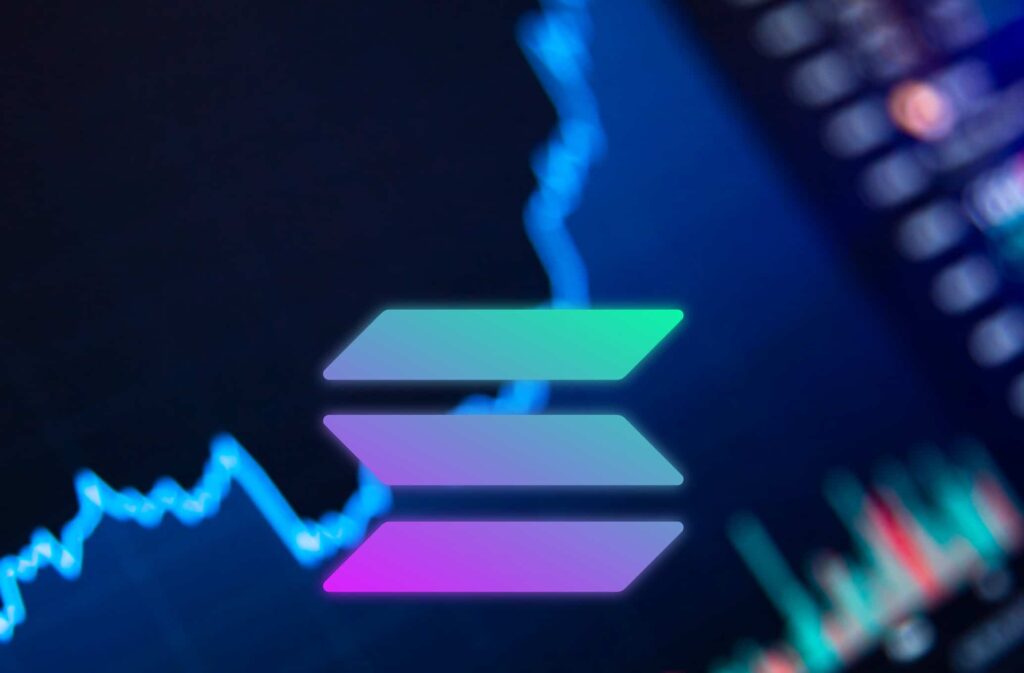Subsquid, a Web3 data lake and query engine, has announced a new strategic partnership with Solana-powered (SOL) Neon EVM, according to the information shared with Finbold on April 25.
The partnership aims to streamline access to on-chain data for dApp developers and marks Subsquid’s initial moves on the Solana blockchain.
An alternative to centralized API providers
Subsquid is a pioneering decentralized data lake and query engine designed with utility and scalability at its core, with a list of partners including Manta Network, Parity, and Enjin.
Unlike centralized infrastructure firms like API providers, Subsquid offers a secure alternative by providing blockchain indexing, app development, and analytics services.
Initially supporting Ethereum (ETH) and its Layer-2 solutions, as well as Substrate — Polkadot (POL) and Kusama (KSM) — Subsquid is now expanding its reach to Solana.
On-chain Neon EVM data on Subsquid
Through the new partnership, Subsquid seeks to integrate on-chain data from Neon EVM into its decentralized data lake secured by ZK proofs.
The integration will make accessing existing information easier for developers building dApps on the Neon platform.
Neon, a fully Ethereum-compatible environment operating as a smart contract on Solana, offers a range of Ethereum solutions.
Those include accounts, signatures, tools, infrastructure, and token standards such as ERC-20 tokens.
By working with Solana, the platform also overcomes many ETH drawbacks, such as high gas fees, limited liquidity, and long transaction times by improving liquidity, scalability, faster transactions, and costs.
More upcoming changes
Expanding to the Solana network is the first significant milestone for Subsquid in Q1 2024.
However, the platform still has more changes in store for this year.
Most notably, the platform is preparing for the launch of a mainnet, support for Cosmos, and the introduction of permissionless dataset submission.
Currently, Subsquid provides developers with permissionless and cost-efficient access to on-chain data from over 100 chains.
Additionally, it is seamlessly integrated into a vast ecosystem of developer tools, both Web2 and Web3 native.









